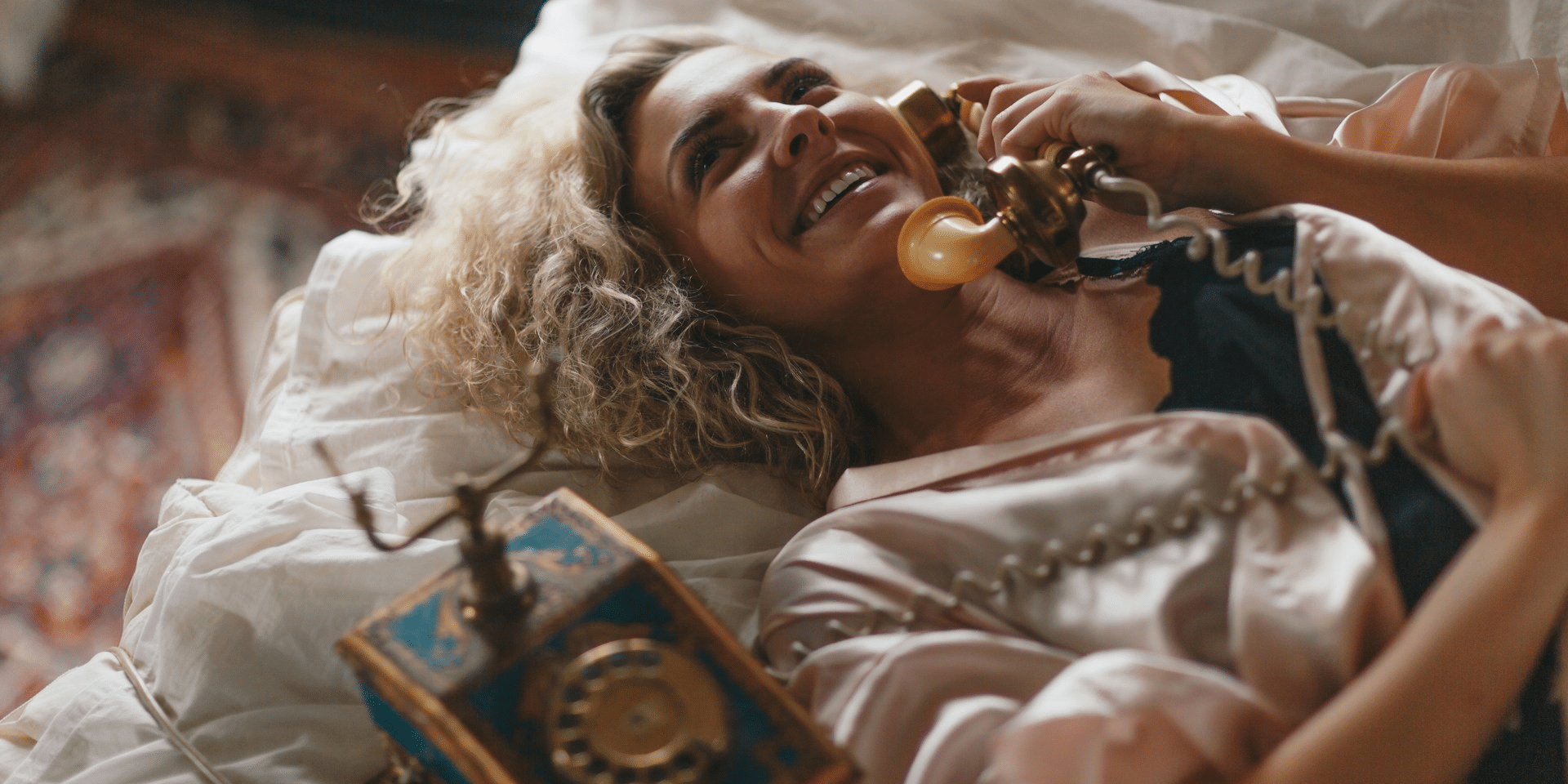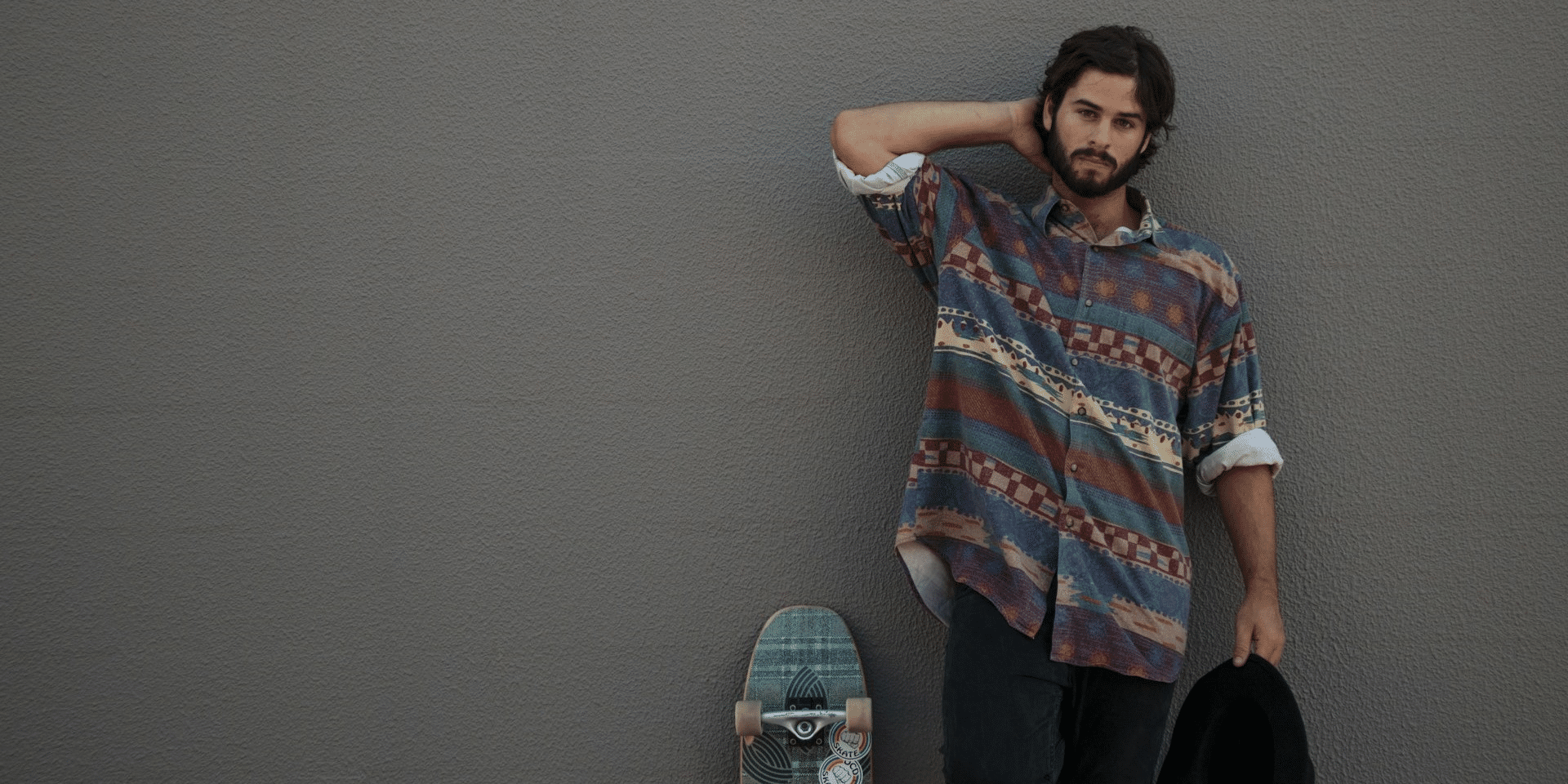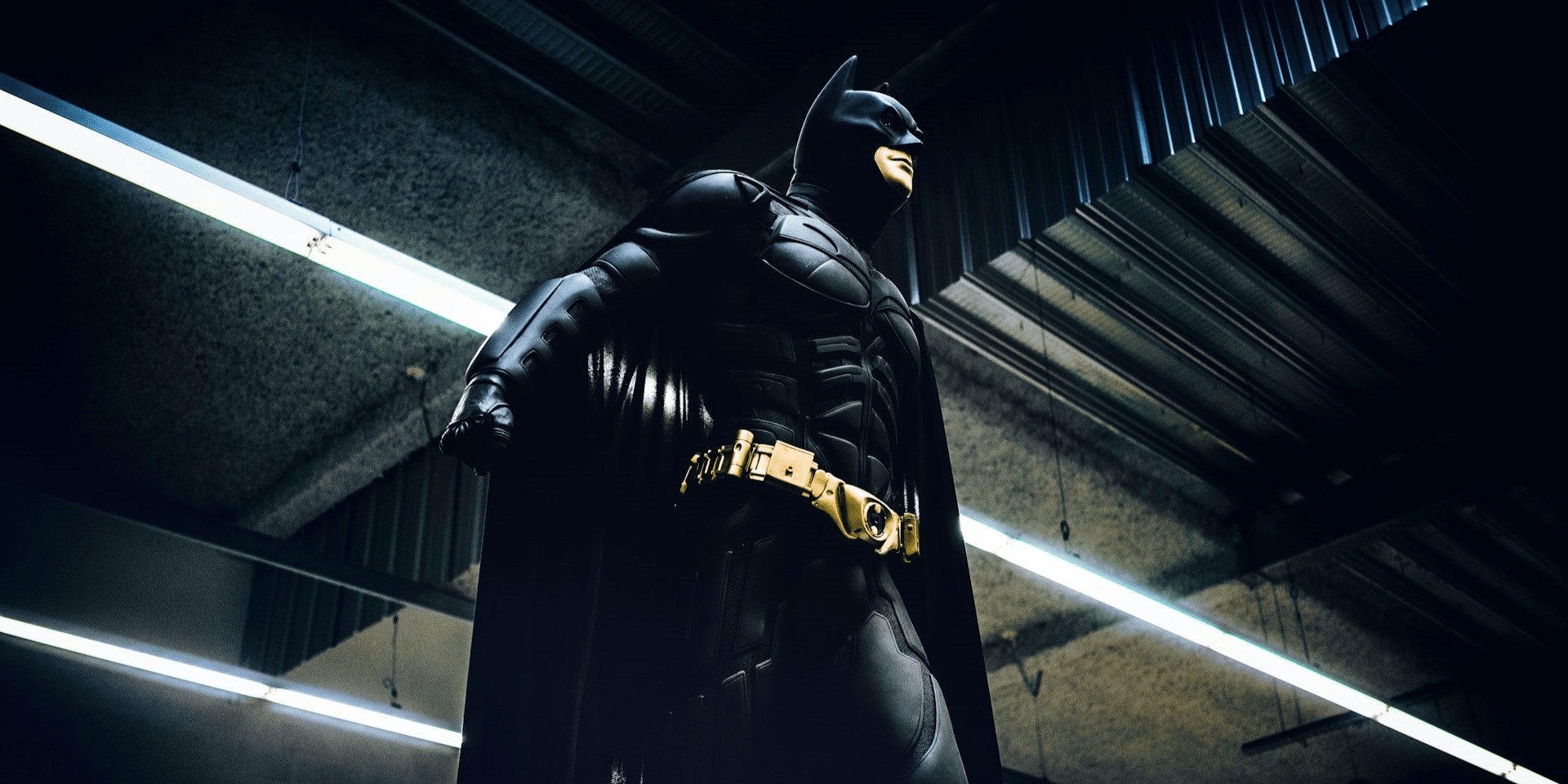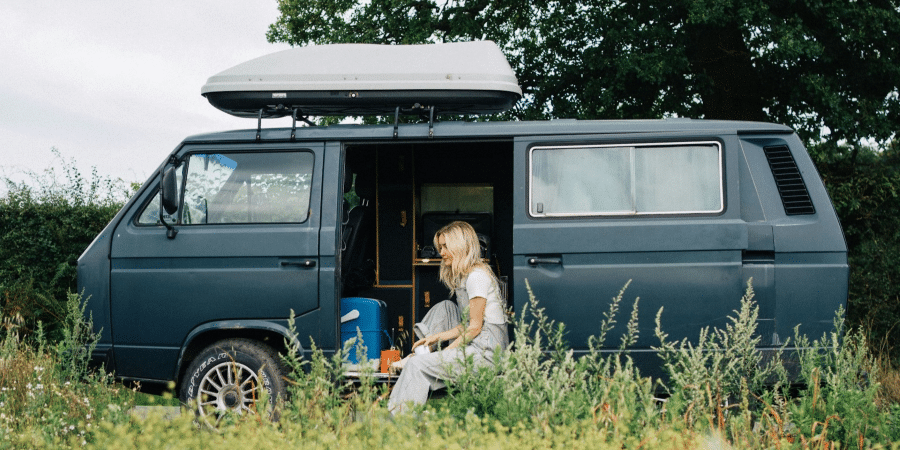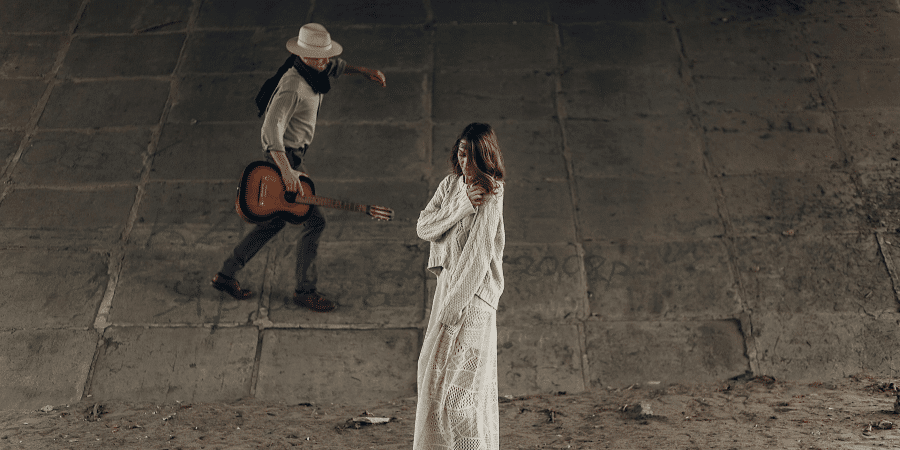Ah, the 90s. A simpler time of dial-up internet, chunky sneakers, and the golden age of boy bands. But for filmmakers venturing back to this bygone era, capturing the essence of the 90s on screen can be a surprisingly complex task. Forget elaborate CGI and green screens – recreating the 90s visually and technologically requires a different kind of movie magic, one that involves equal parts nostalgia and logistical hurdles. Let’s explore the challenges of 90s filmmaking and how directors navigate this trip down memory lane.
A World Without Smartphones: Replacing Ubiquitous Tech
Remember a time when the pinnacle of mobile technology was a hefty brick of a phone that could barely fit in your pocket? For a film set in the 90s, this lack of ubiquitous smartphones presents a unique challenge.
In today’s world, characters instinctively reach for their phones to capture a moment, check social media, or navigate a new location. Filmmakers have to find creative ways to replace these now-expected actions. Payphones become the go-to for quick calls, bulky cameras capture spontaneous moments, and paper maps or asking directions become the norm for navigation.
A report by the Pew Research Center found that smartphone ownership in the US reached a staggering 85% in 2023. For 90s films, this absence of smartphones is more than just a visual detail – it’s a fundamental shift in how characters interact with the world around them and how stories unfold.
Analog Aesthetics: Recreating the Look and Feel
Capturing the 90s aesthetic goes beyond simply replacing smartphones. Filmmakers have to recreate the entire visual landscape – from the grainy film stock often used in the era to the explosion of bold colors and quirky fashion trends. Costume designers become time travelers, meticulously researching clothing styles, hairstyles, and accessories. Production designers scour vintage stores and online marketplaces to find period-specific props and set decorations.
Think of the recent film “Once Upon a Time in Hollywood,” which transported viewers back to the 90s Los Angeles. From the neon-lit streets to the iconic record stores and video rental shops, the film meticulously recreated the sights and sounds of the era. This visual authenticity is crucial for immersing audiences in the 90s world and evoking a sense of nostalgia.
But recreating the 90s look isn’t just about visuals – it’s about sound as well. Filmmakers have to find the right music to set the scene, from the ubiquitous grunge of Nirvana to the bubblegum pop of the Spice Girls. Sound effects also play a role, with the dial-up modem screech and the satisfying click of a floppy disk drive becoming subtle yet evocative reminders of a bygone technological era.
The Power of Memory: Capturing the Cultural Zeitgeist
Beyond the visual and technological aspects, capturing the true essence of the 90s comes down to recreating the cultural zeitgeist. This means reflecting the social and political issues that dominated the decade, referencing popular movies and TV shows, and incorporating the slang and catchphrases that defined the era.
For instance, a film set in the 90s might subtly reference the rise of the internet, the fall of the Berlin Wall, or the cultural impact of iconic figures like Princess Diana. 90s films can also benefit from a touch of humor, playing on the sometimes-cringeworthy trends and pop culture references of the time.
A 90s film that truly succeeds goes beyond being a period piece – it becomes a portal to a bygone era. It allows audiences to relive their memories, connect with a shared cultural experience, and appreciate the unique spirit of a decade that continues to influence our world today.
Filming the 90s might seem like a straightforward exercise in nostalgia. But beneath the surface lies a complex web of logistical challenges and creative decisions. From replacing ubiquitous technology to recreating the cultural zeitgeist, filmmakers have to be meticulous historians and storytellers, weaving a tapestry of visuals, sounds, and cultural references that transport audiences back to a simpler (or perhaps more chaotic) time. So, the next time you watch a film set in the 90s, take a moment to appreciate the effort that goes into capturing a decade that, despite its technological limitations, continues to hold a special place in our collective memory.

